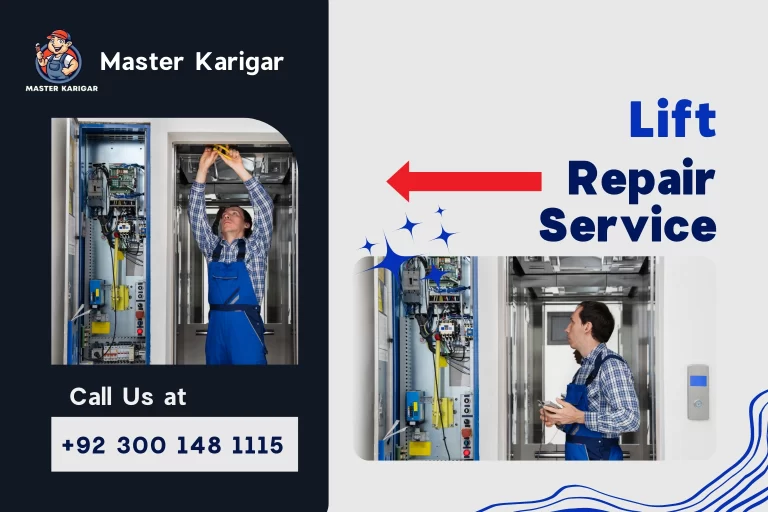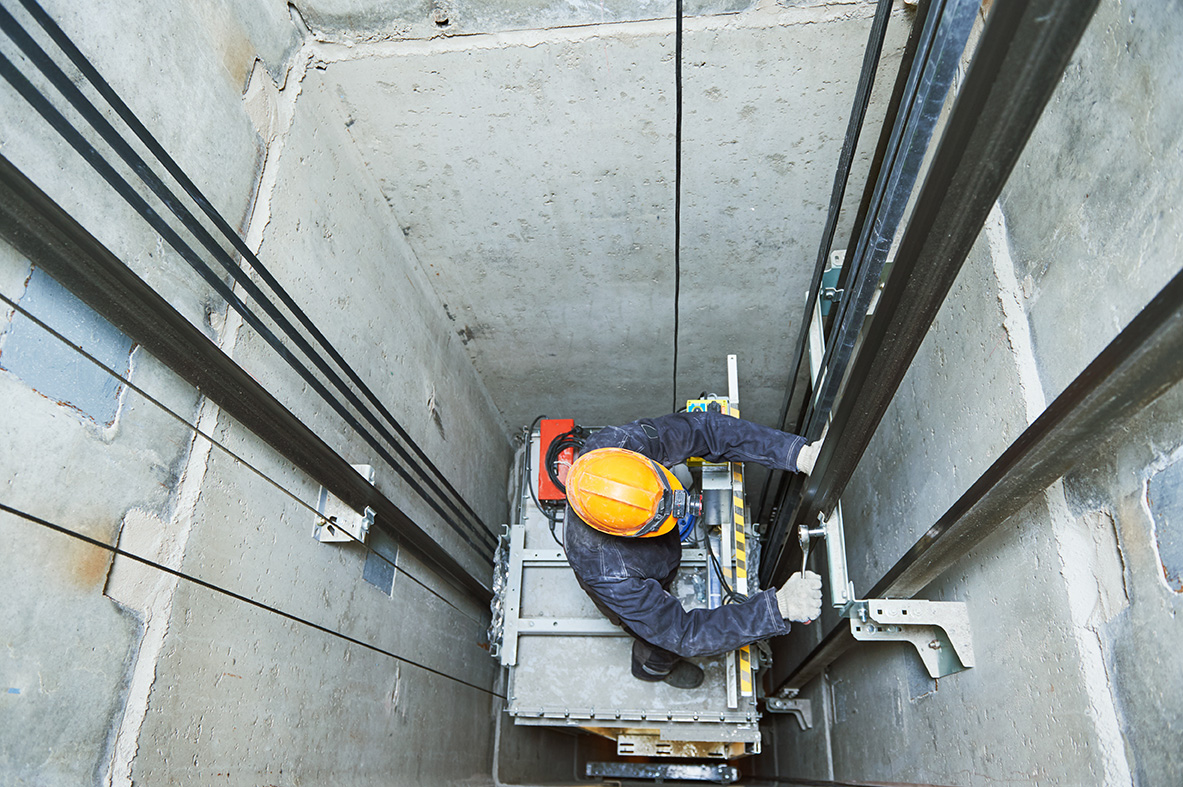Advanced Lift Engineer Course: Prepare for Careers with Leading Lift Repair Companies Near Me
Advanced Lift Engineer Course: Prepare for Careers with Leading Lift Repair Companies Near Me
Blog Article
Comprehensive Guide to Elevator Solutions and Their Upkeep
Navigating the detailed globe of elevator systems and their maintenance is a job that demands precision and expertise. From the different types of lift systems in usage to the meticulous adherence to security laws, the upkeep of these upright transportation gadgets is a multifaceted undertaking.
Kinds Of Lift Systems
Lift systems come in numerous types, each created to suit details building needs and customer requirements. The most usual types include hydraulic lifts, grip lifts, machine-room-less lifts, and vacuum lifts. Hydraulic elevators are perfect for low-rise buildings and make use of a hydraulic piston to move the lift automobile. Grip elevators, on the various other hand, are more suited for high-rise structures and use steel ropes and counterweights to move the cars and truck. Machine-room-less lifts are a space-saving alternative as they do not call for a separate device space for the lift equipment. Vacuum cleaner lifts, a much more modern technology, use atmospheric pressure differentials to move the cars and truck within a transparent tube.
Each sort of elevator system has its very own benefits and disadvantages, making it important for structure owners and programmers to meticulously consider their particular demands before picking the most suitable choice. Factors such as developing elevation, room availability, energy performance, and spending plan constraints all play a substantial role in identifying the most effective elevator system for a specific building.
Typical Upkeep Issues
Routine maintenance of lift systems is essential to guarantee smooth procedure and lengthen their life-span. Despite regular upkeep, lift systems can still run into common upkeep concerns that require to be immediately dealt with to avoid interruptions in service. Regular evaluations and proactive maintenance can aid determine and solve these typical maintenance issues before they escalate and influence the total performance of the elevator system.
Safety Rules and Conformity
Sticking to rigid security policies and guaranteeing compliance with industry criteria are vital for preserving the operational honesty of lift systems. Elevators are subject to a comprehensive collection of security policies to safeguard guests, maintenance personnel, and the basic public. Governing bodies such as the Occupational Safety And Security and Health And Wellness Administration (OSHA) in the USA and the European Lift Association (ELA) in Europe establish standards that cover various facets of lift style, procedure, maintenance, and installment.
Conformity with these policies is not just a lawful requirement yet additionally an ethical commitment for building owners and lift upkeep firms. Failing to meet safety criteria can lead to penalties, lawful responsibilities, and, most significantly, threaten the safety of people making use of the elevator. Routine examinations, maintenance checks, and adherence to safety procedures laid out in the regulations are crucial to guarantee the effective and risk-free procedure of lift systems. By focusing on safety policies and compliance, stakeholders can maintain the trust fund of the public and reduce prospective dangers connected with lift usage.
Best Practices for Upkeep

One more essential best practice is to promptly address any kind of unusual sounds or documented problems to stop further damages. Carrying out a positive method to maintenance can conserve time and cash over time by avoiding expensive repair work or substitutes. Structure owners should likewise think about buying modernization upgrades to improve the effectiveness and safety of their elevator systems. By complying with these check this best practices, elevator systems can run smoothly and safely, giving trusted vertical transportation for passengers.

Advanced Technologies for Performance
Implementing cutting-edge modern technologies in lift systems can substantially improve functional effectiveness and passenger experience. These systems allow guests to input their preferred floor prior to going into the elevator, which after that guides them to the most efficient auto.
In addition, the combination of clever sensors and predictive upkeep capabilities has actually revolutionized lift upkeep. These sensing units can spot possible issues prior to they escalate, allowing proactive upkeep treatments and reducing downtime. In addition, using regenerative drives and energy-efficient components assists lower power usage and operating prices in elevator get redirected here systems.
Moreover, the execution of cloud-based monitoring and remote diagnostics enables for real-time monitoring of elevator performance and instant troubleshooting of any malfunctions. This aggressive approach not only enhances system integrity but likewise improves the total user experience by making certain undisturbed and smooth lift operations.
Final Thought
Finally, comprehending the different sorts of lift systems, usual upkeep issues, security guidelines, ideal upkeep practices, and progressed modern technologies for efficiency is vital for making certain the smooth procedure of elevators. By adhering to safety policies and carrying out finest techniques for maintenance, structure proprietors can lengthen the life-span of their elevator systems and ensure the security of guests. It is important to remain updated on the most recent developments in elevator technology to improve effectiveness and dependability.
The most typical types include hydraulic elevators, traction elevators, machine-room-less elevators, and vacuum cleaner lifts. Hydraulic lifts are suitable for low-rise structures and utilize a hydraulic piston to relocate the elevator automobile. Machine-room-less lifts are a space-saving choice as they do not need a separate machine room for the lift equipment. Normal inspections and proactive upkeep can aid recognize and settle these usual maintenance issues prior to they intensify and impact the total efficiency of the lift system.

Report this page